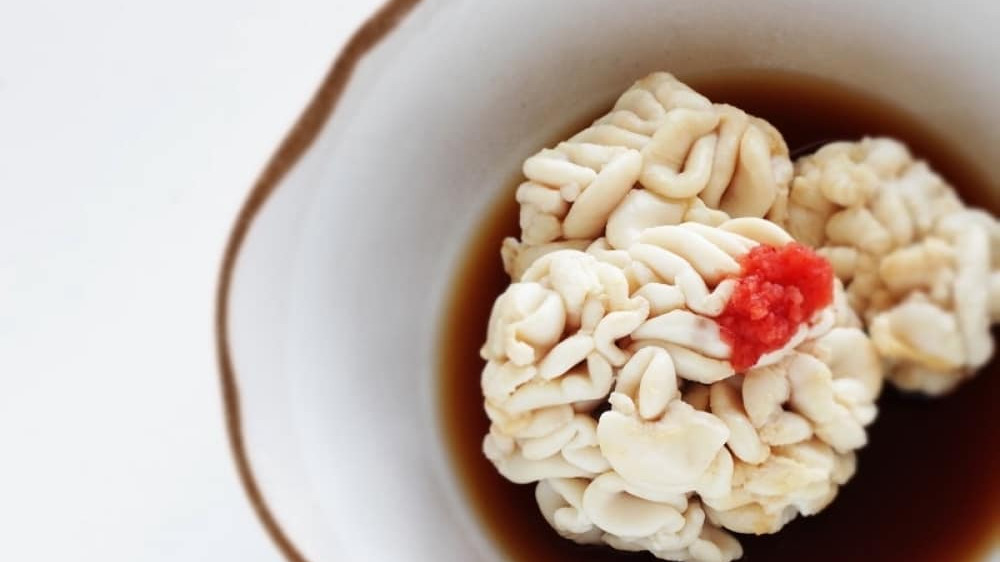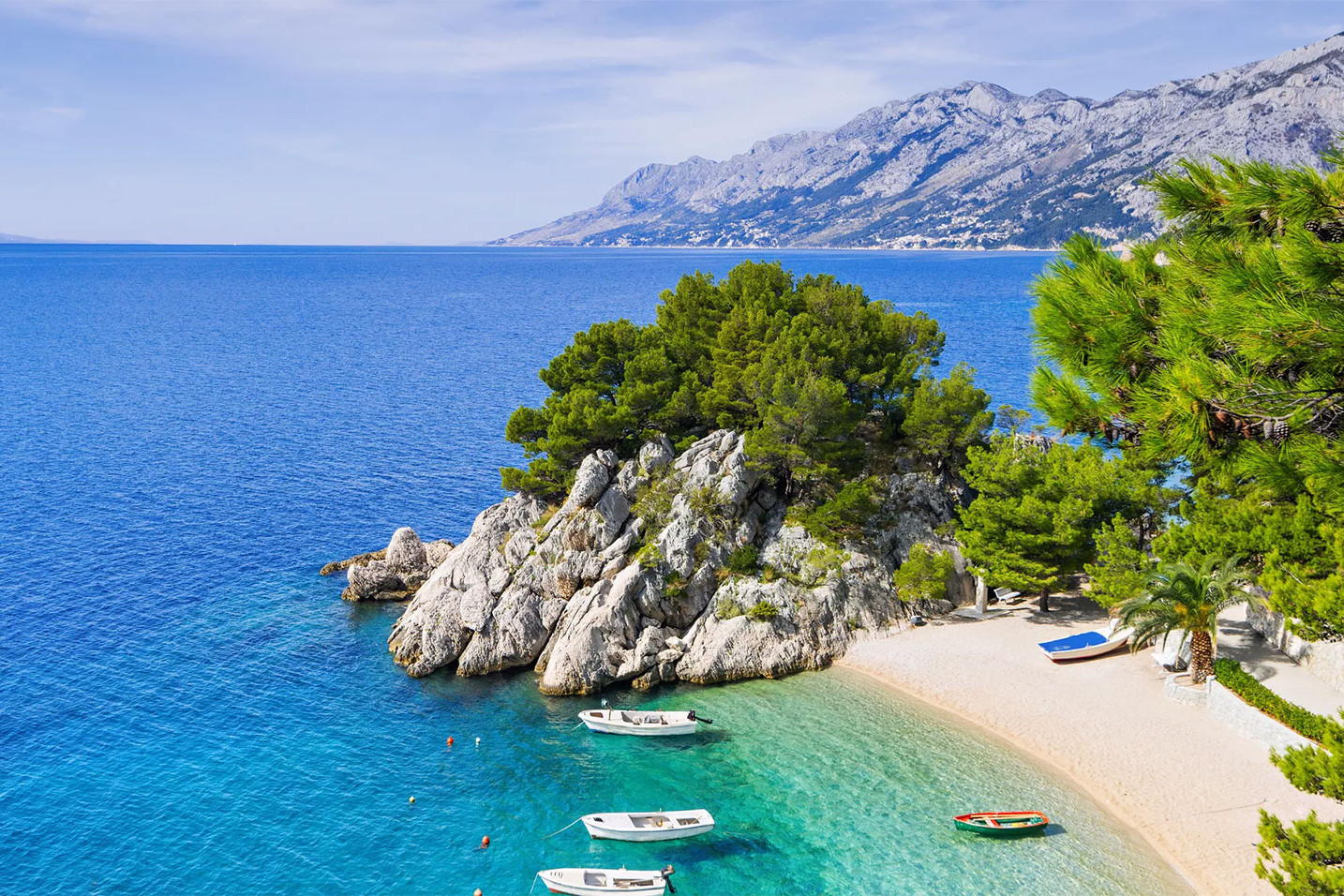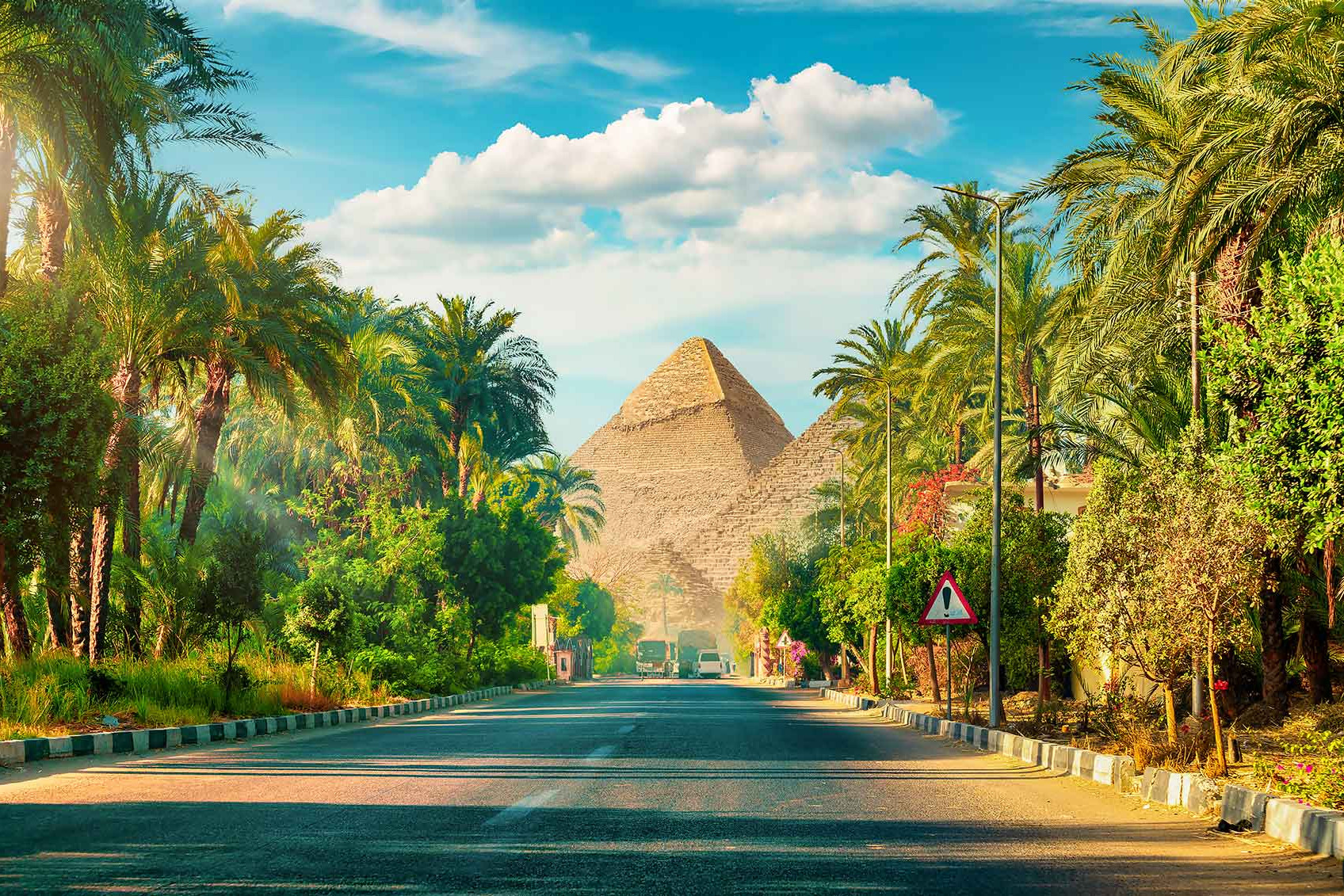Weirdest food in the world
Some people say beauty is found in diversity, although some of these foods are not precisely cute, regardless of their uniqueness. Although not to be for everyone’s taste, these weird and unique dishes are considered to be delicacies in their countries. This is our list of the weirdest food in the world, from rare to extreme and even dangerous.
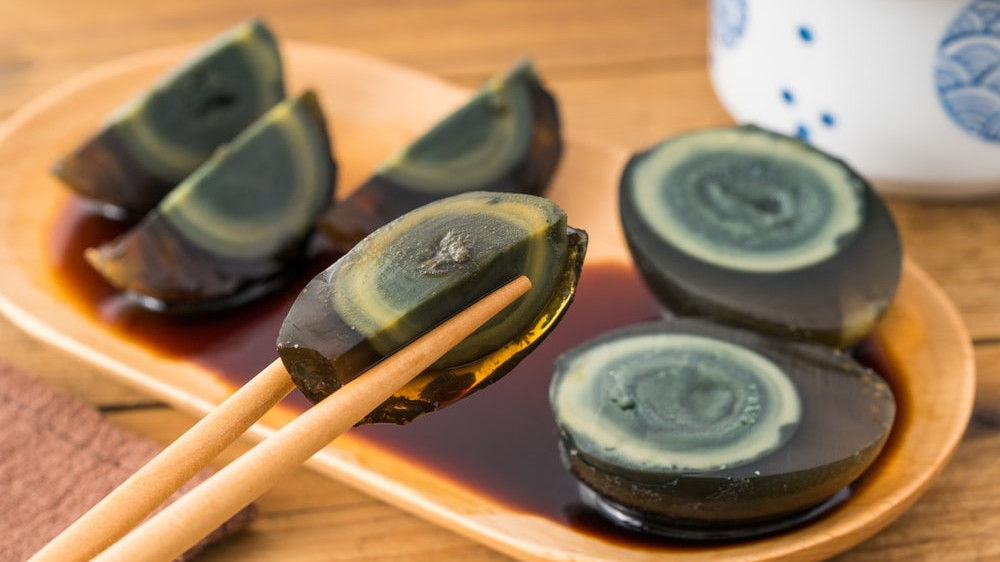
Century egg
Covered in a mix of clay, ash and salt for months (not really a century, that’s just marketing), these “century eggs” are left to rot until the yolk becomes dark green or even black.
Its strong sulphur flavor makes it a delicacy in China, and one of the weirdest snacks in the world
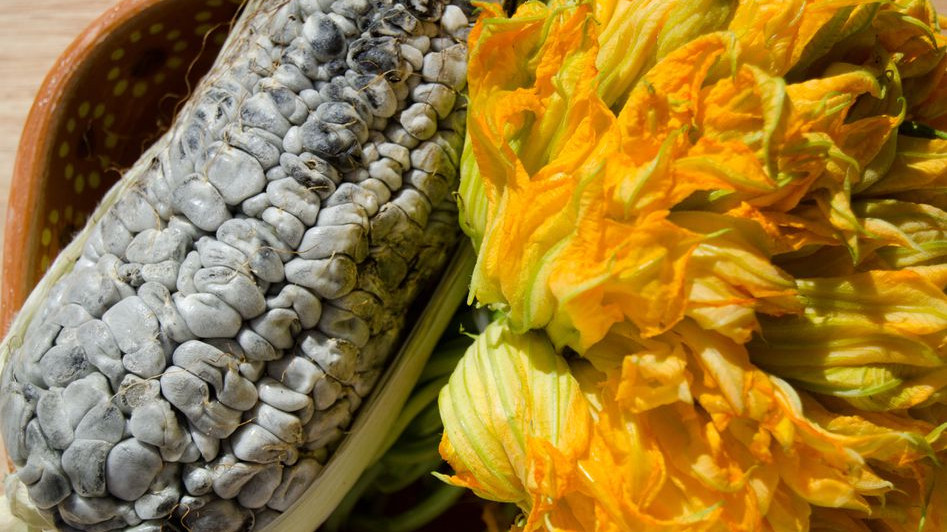
Fighting for the first position on our list, Huitlacoche (or sleeping excrement) is basically corn fungus.
The corn smut grows on organic corn, creating big blue-black spores covered kernels that don’t precisely look appealing, but they’re safe to eat and a delicacy in Mexico.
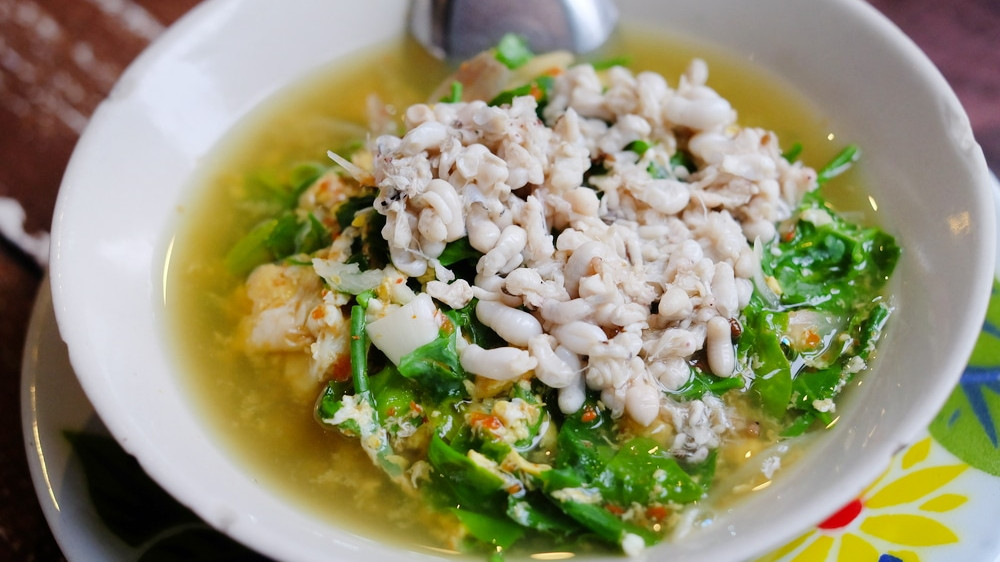
White ant eggs soup
Laos is home to one of the world’s strangest soups. Made with ant eggs and embryos, this surprisingly tasty soup that looks like a risotto is very famous in the country, especially in the countryside, and an important source of protein.
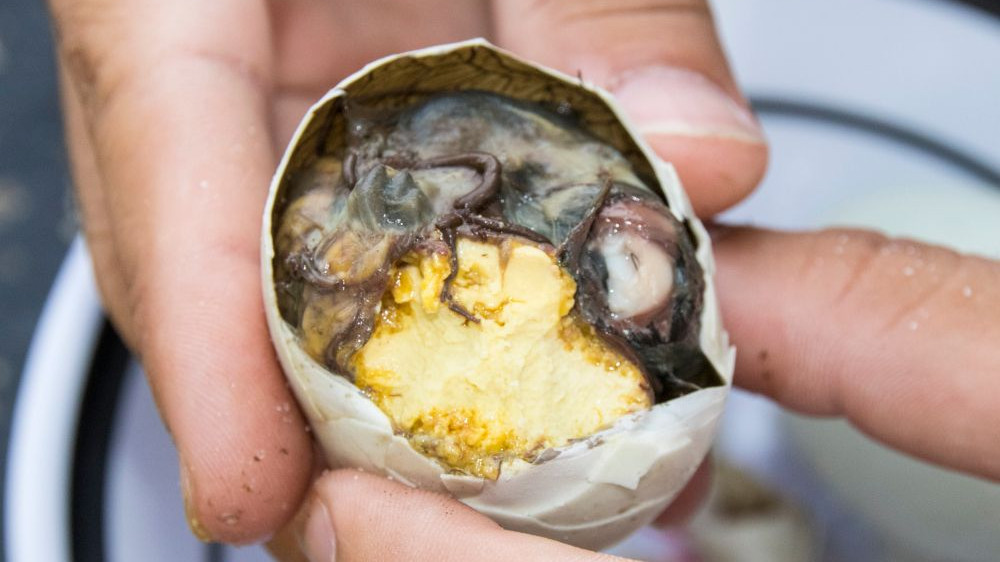
Balut
Balut is a popular dish in the Philippines, basically a partly-developed duck embryo that is boiled alive and eaten from the shell with salt and vinegar.
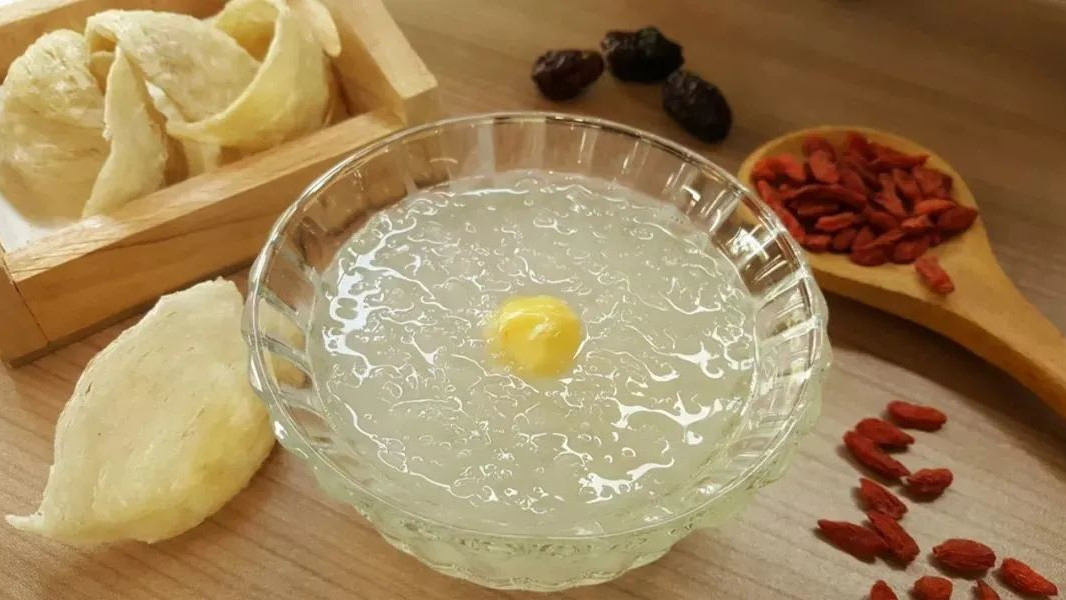
Bird’s Nest Soup
Swifts are a unique type of bird that make their nests with their gummy saliva, creativing jelly like nests that go hard when exposed to air. As you might know now, the Bird’s Nest soup is made with this rare and extremely expensive delicacy.
The reason of its expensive price (that can range from $30-$100 a bowl) is because of its location (in coastal cave, usually climbing is required to reach them) and the extremely short period in which they are make (its breeding season only last 35 days).
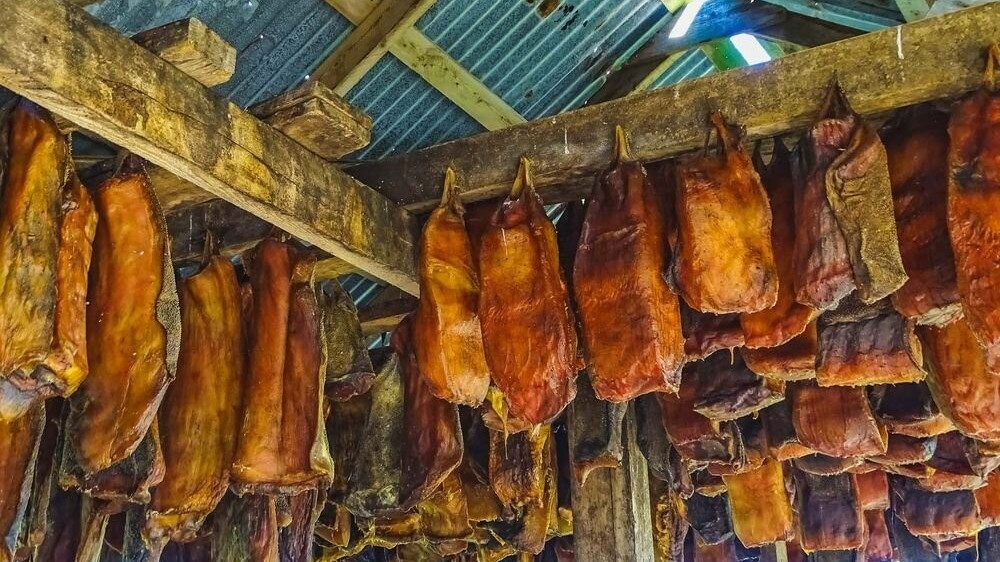
Hákarl
Iceland’s national dish, Hakarl is basically rotten shark, which is buried underground and covered with sand and stones for three months. This process drains the poisonous internal fluids of the animal, making it safe to eat.
After that it is hung and dried, cut and served. Is one of the stinkiest dishes as well, with a distinctive fishy flavor.
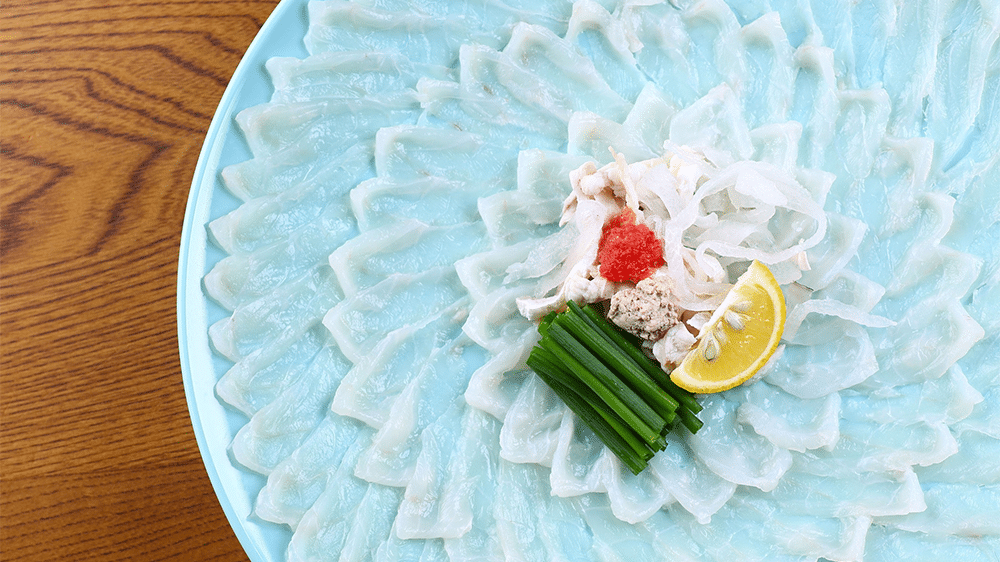
Puffer fish
Fugu is an extreme and dangerous delicacy of Japan. This japanese sashimi is made out of pufferfish, a well known poisonous fish that contains tetrodotoxin, a toxin 1,250 times stronger than cyanide and without known antidote.
It is only served in specialized places with a certification, as a bad preparation of the fish could be lethal for whoever eats it.
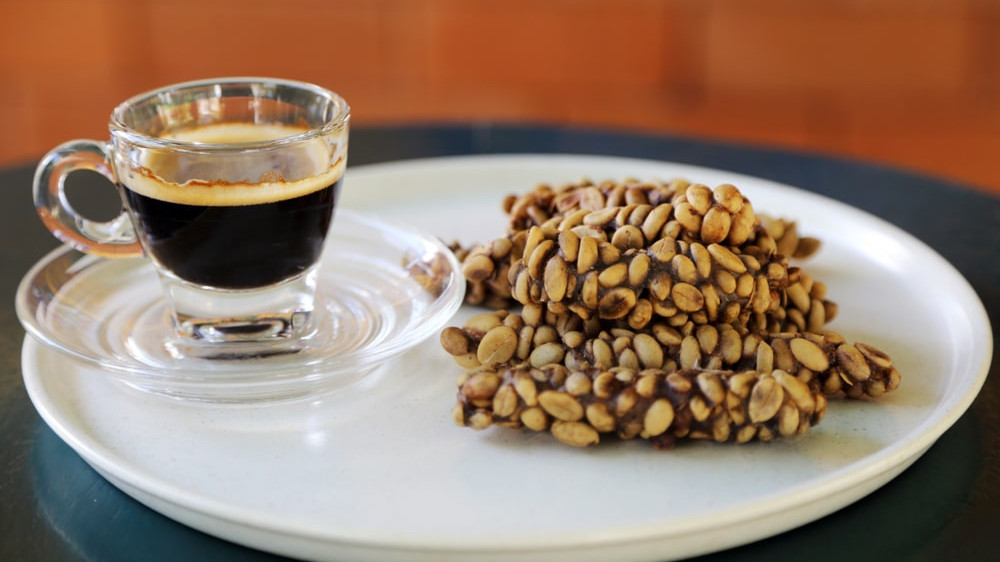
Kopi Luwak
I first heard of Kopi Luwak on the movie bucket list, with Jack Nicholson and Morgan Freeman. Originally from Indonesia, what makes this coffee too unique is the fact that the beans are used after the Luwak (a cat-like indonesian animal) poops them.
The enzymes and stomach acids ferment the beans adding and special flavor and aroma to the coffee. The price tag for it ranges between $120-$300 per pound.
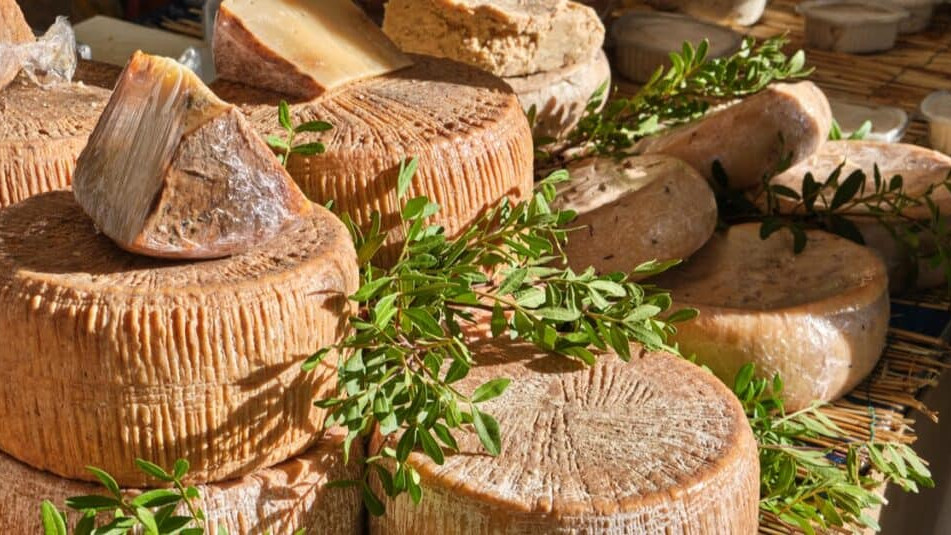
Casu marzu
Originally from Sardinia, Italy, this cheese it not just famous for its strong taste, but because of its maggots, which supposedly enhance the flavor of the cheese.
A man-made delicacy, crafters wait until the cheese go very bad, and then add larvaes of cheese flies into the pecorino. Several variations can be found across the country.
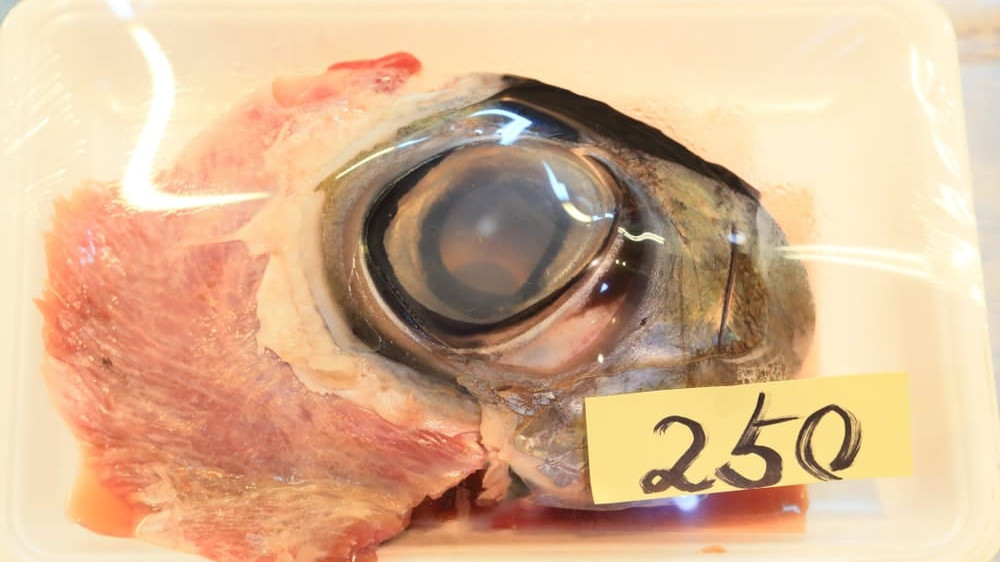
Tuna Eyeballs
With a squid-like flavor and a high doses of Omega 3, Tuna eyes are easily found in any market in Japan, as well as in restaurants throughout the country.
There are many recipes to cook them, including fried and steam, but the easiest one is to just boil them and season it with garlic and soy sauce.
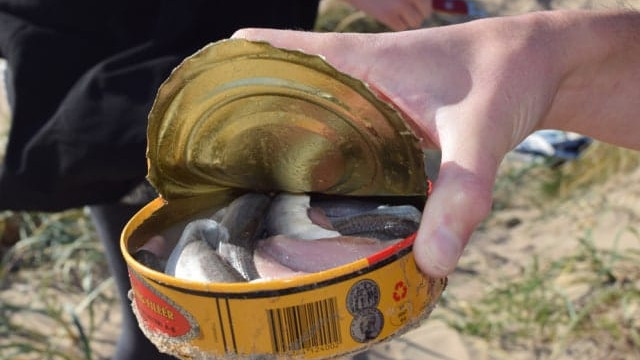
Surstromming
I remember my german uncle telling me stories about the stinkiest fish on earth, and this is it.
A Swedish delicacy, Surstromming (or fermented Baltic Sea herring) is famous for its unique flavor and strong smell, very famous in Sweden and easily found in markets, but impossible to eat for some (including my uncle).
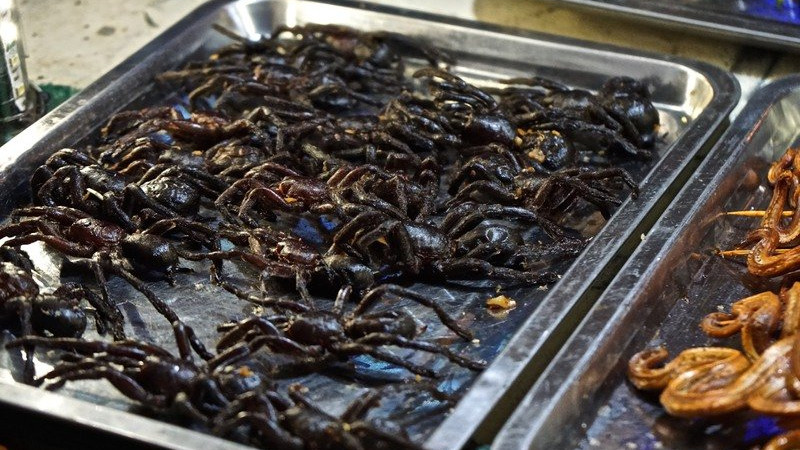
Fried Spider
Although weird for the majority of us in the western world, Fried Tarantulas are actually pretty common in Cambodia.
They are particularly famous in the town of Skuon, served as a deep-fried snack and supposedly have similar taste to crab.
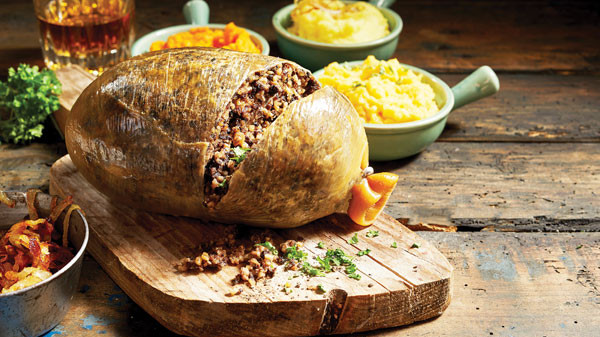
Haggis
The national dish of Scotland, what makes Haggis so unique is not is ingredients (a mixture of seasoned sheep’s heart, liver and lungs) but its cooking method, as everything is boiled in the animal’s stomach!.
The dish is usually mix with suet, oatmeal and seasoned with onion, pepper and other spices.
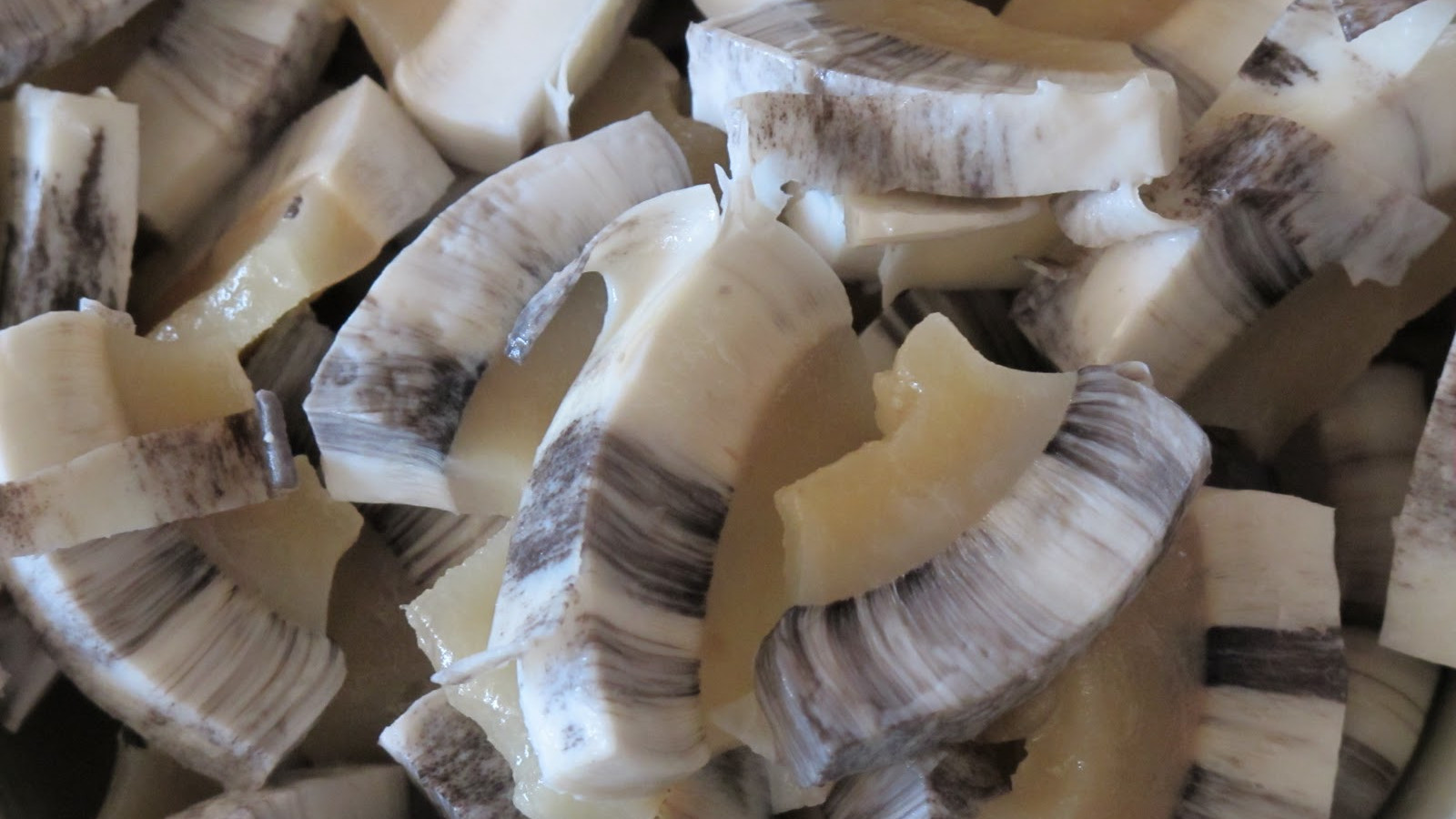
Muktuk
Famous in Greenland and Alaska, Muktuk is a traditional Inuit and Chukchi meal (eskimo tribes) made of the whale’s skin and blubber (bowhead, beluga or narwhal), usually served raw or pickled, nowadays it can also be deep fried, diced and or served with soy sauce. A perfect source of vitamin C and D.
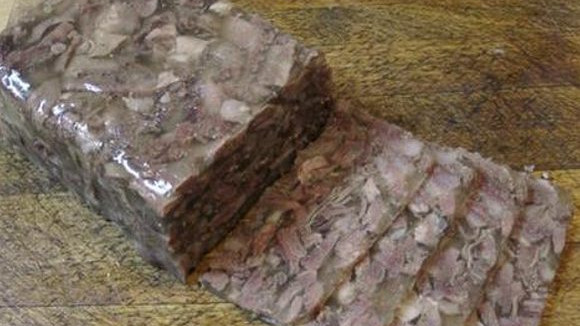
Jellied moose nose
Moose meat is very common in the northern regions of Alaska and Canada, where they use almost every part of the animal. The nose, or snout, is a well known delicacy, especially for the natives. The dish is just as it sound, a moose nose jellied on a broth and seasoned with onion and spices.
What is the weirdest one for you? let us know in a comment!


